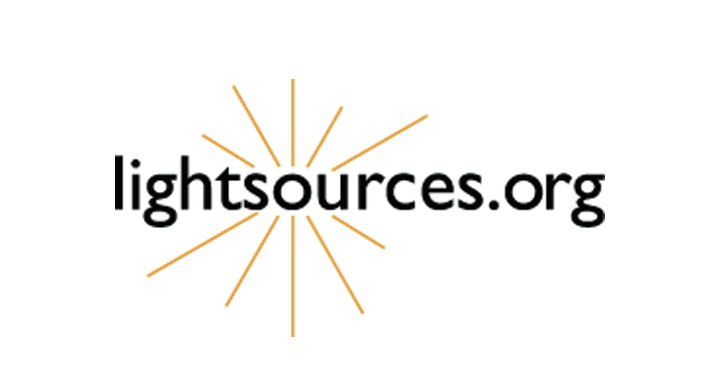SESAME (Synchrotron-light for Experimental Science and Applications in the Middle East) is a “third-generation” synchrotron light source that was officially opened in Allan (Jordan) on 16 May 2017. It is the first synchrotron light source in the Middle East and neighbouring countries, and also the region’s first major international centre of excellence.
It is a cooperative venture by scientists and governments of the region set up on the model of CERN (European Organization for Nuclear Research) although it has very different scientific aims. It was developed under the auspices of UNESCO (United Nations Educational, Scientific and Cultural Organization) following the formal approval given for this by the Organization's Executive Board (164th session, May 2002).
It is an autonomous intergovernmental organization at the service of its Members which have full control over its development, exploitation and financial matters.
The heart of SESAME is a 2.5 GeV synchrotron light source (133m in circumference), providing radiation from the Infrared light to X-rays of unparalleled quality, a unique tool to expand the boundaries of scientific investigations into new materials and living matter.
SESAME is:
- fostering scientific and technological excellence in the Middle East and neighbouring countries by starting to enable world-class research in subjects ranging from medicine and biology, through basic properties of materials science, physics and chemistry to health care, the environment and archaeology;
- building scientific and cultural bridges between diverse societies, and fostering mutual understanding and tolerance through international cooperation in science; and
- helping to prevent and reverse the brain drain that is holding back science education and research in the region.
As an intergovernmental scientific and technological centre of excellence open to all scientists from the Middle East and elsewhere, SESAME will serve as a propeller for the scientific, technical, and economic development of the region and will strengthen collaboration in science.
SESAME is a widely-available user facility. Scientists, including graduate students, from universities and research institutes will typically visit the Centre for a week or two, twice or three times a year, to carry out experiments, frequently in collaboration with scientists from other centres/countries, and then return home to analyze the data they have obtained. In other words, SESAME is not a source of brain drain; quite the contrary, not only do the scientists who visit SESAME take back scientific expertise and knowledge, which they will share with their colleagues and students, but it also creates a motivating scientific environment that encourages the region’s best scientists and technologists to stay in the region or to return if they have moved elsewhere.
As testified by the Associate status LEAPS (League of European Accelerator-Based Photon Sources) has granted to SESAME, the international scientific community has full confidence in the success of the Centre and its role as a centre of excellence. SESAME is the first Associate of LEAPS.
Since 26 February 2019 when SESAME’s solar power plant was inaugurated, SESAME is the world’s first large accelerator complex to be fully powered by renewable energy, thus making it the world’s first carbon neutral accelerator laboratory. This makes SESAME economically, as well as environmentally sustainable. SESAME has signed the United Nation’s Climate Neutral Now pledge.
| Storage Ring Specifications |
|---|
